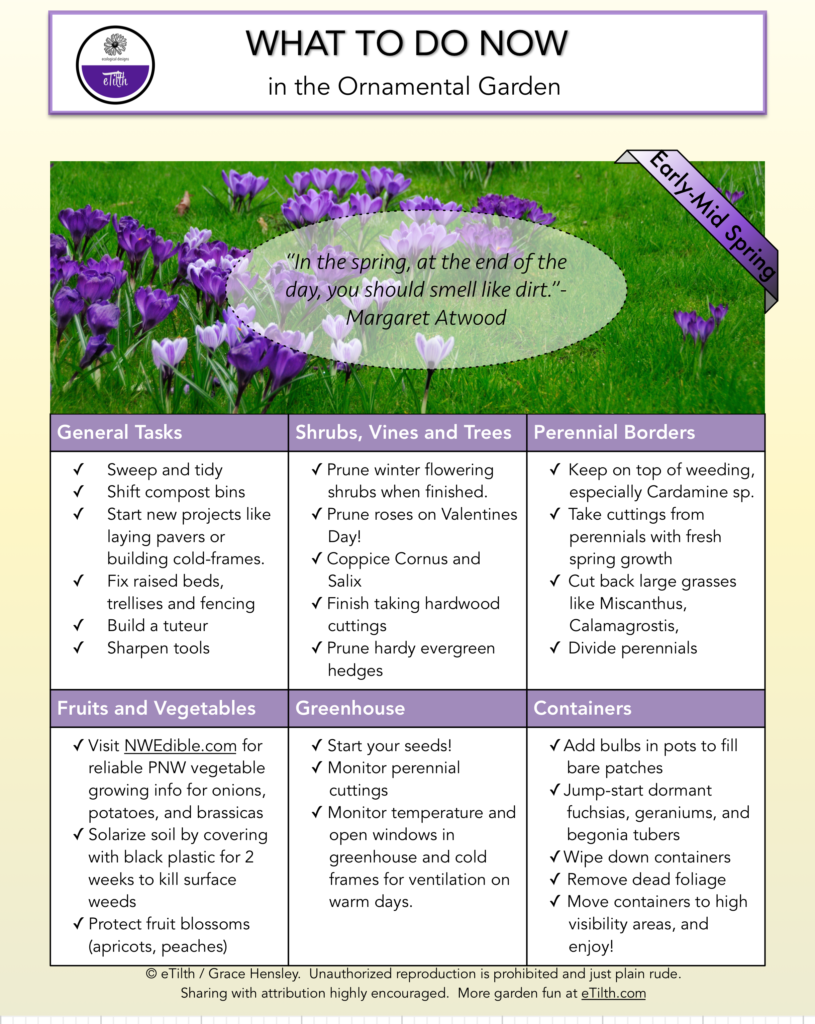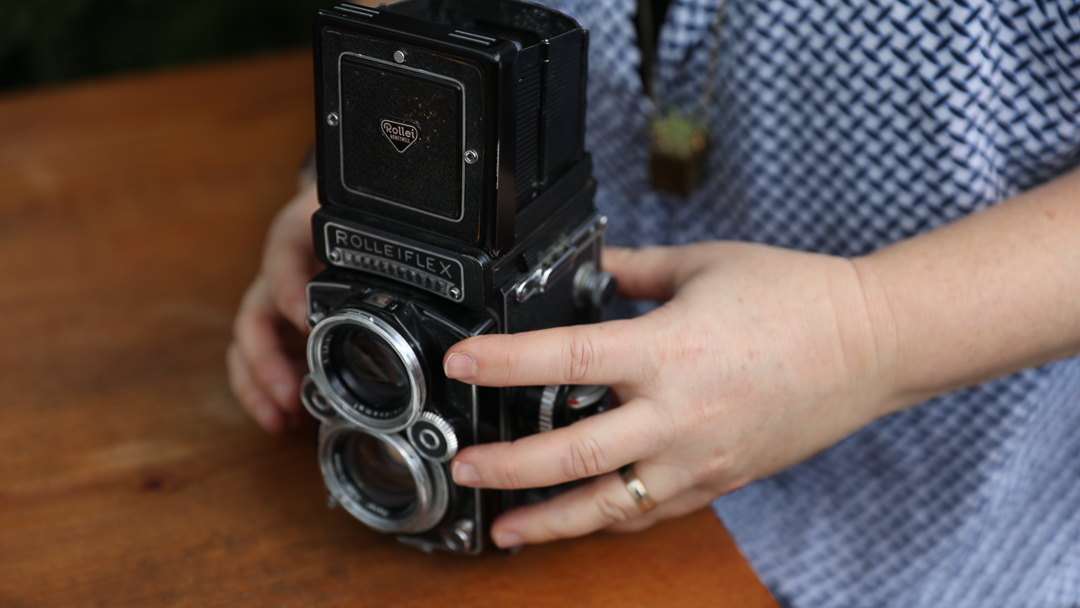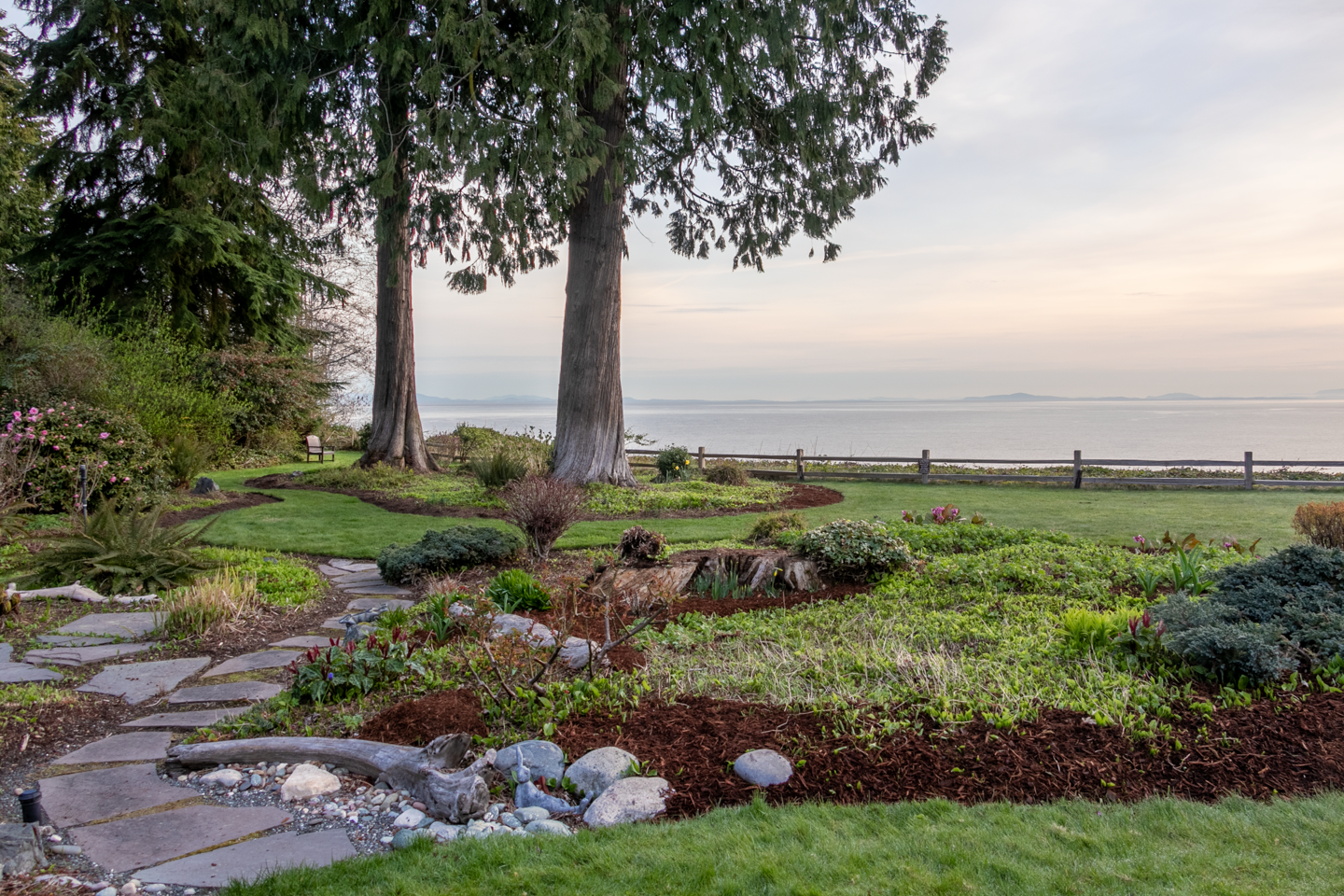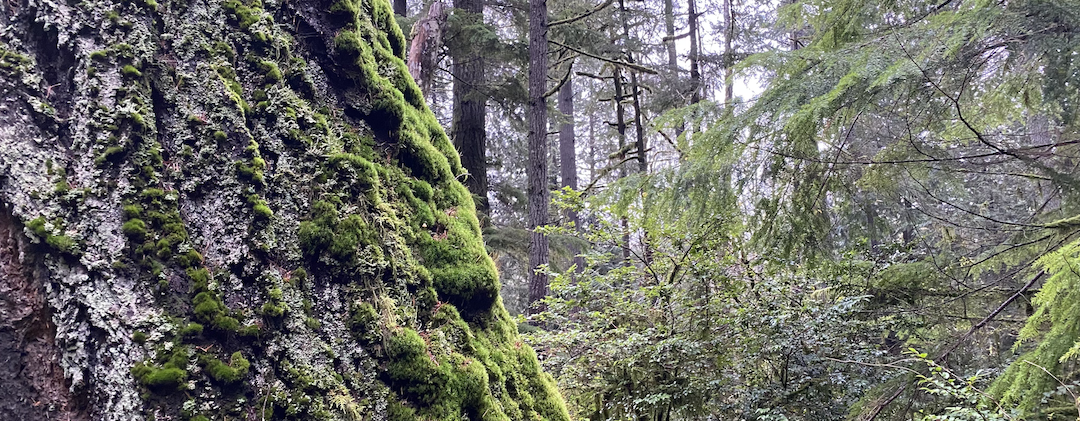
Top three things to do in the Pacific Northwest Spring Garden
- Prune.
Seriously, what can be more satisfying than whacking at things? You get big dramatic changes, and let in a lot of light, lifting your mood.
My first advice is to sharpen your tools. I have an old pair of loppers that I keep wickedly sharp (and never let my husband use), as well as a couple of sizes of Felco hand-pruners. I probably don’t need that many, but it’s really nice to leave one in the car for making some semi-hardwood cuttings (I mean, sidewalk pruning.) I actually keep a file with my hand-pruners and sharpen them before every use. The only time I bother to disinfect my pruners with 10% bleach is before and after I’m cutting something obviously diseased.
My second advice is to take a pruning class. I’ve totally loved each of the University of Washington Botanic Garden Pro-Hort Master Pruning classes at the Center for Urban Horticulture [PDF], co-hosted by Plant Amnesty. You can watch these free videos on YouTube to get specific pruning information on a variety of trees and shrubs, and it’s totally worth becoming a member.
So, in early spring,
- Finish pruning your fruit trees,
- Prune your roses
- Take hardwood cuttings (Hydrangea, Willow, Dogwood, Holly, Vines )
- Coppice your dogwoods (cornus) and willows (salix)
- Prune your hardy evergreen hedges (Boxwood, Ilex, Osmanthus
- Cut back the ornamental grasses (Miscanthus, Calamagrostis, bamboo) and maybe even your lawn, assuming you didn’t plant crocuses in it.
- Cut back your hardy perennials and over-wintered geraniums to remove old foliage and let the fresh spring growth start.
2. Manage Seedlings
My seed starting inspiration comes from:
- NW Edible Life for Vegetables – Always well researched and entertaining.
- Floret Flower Farm for Annual Flowers – put on a kettle; you’ll be drowning in colorful photographs for a while; so necessary to keep the winter blahs away.
- Seattle Tilth’s Maritime Northwest Garden Guide, newly updated by my friend Lisa Taylor. Her local knowledge and hands-on experience is tremendous. The variety recommendations alone are worth the book.
Don’t forget to prevent new seeds. Keep on top of the weeding now, especially that Cardamine hirsuta. Fairly tasty, I prefer to feed this bittercress to the chickens (also known as chickweed; see A Charlotte Garden for the botanical differences.)
3. Build Stuff
This year, I want to build a bunny hutch, an English cold frame with recycled bricks, more tuteurs, and a lot of new paving for our permeable driveway. Ambitious? Truly. At least I’m not repairing the chicken coop again, right?










